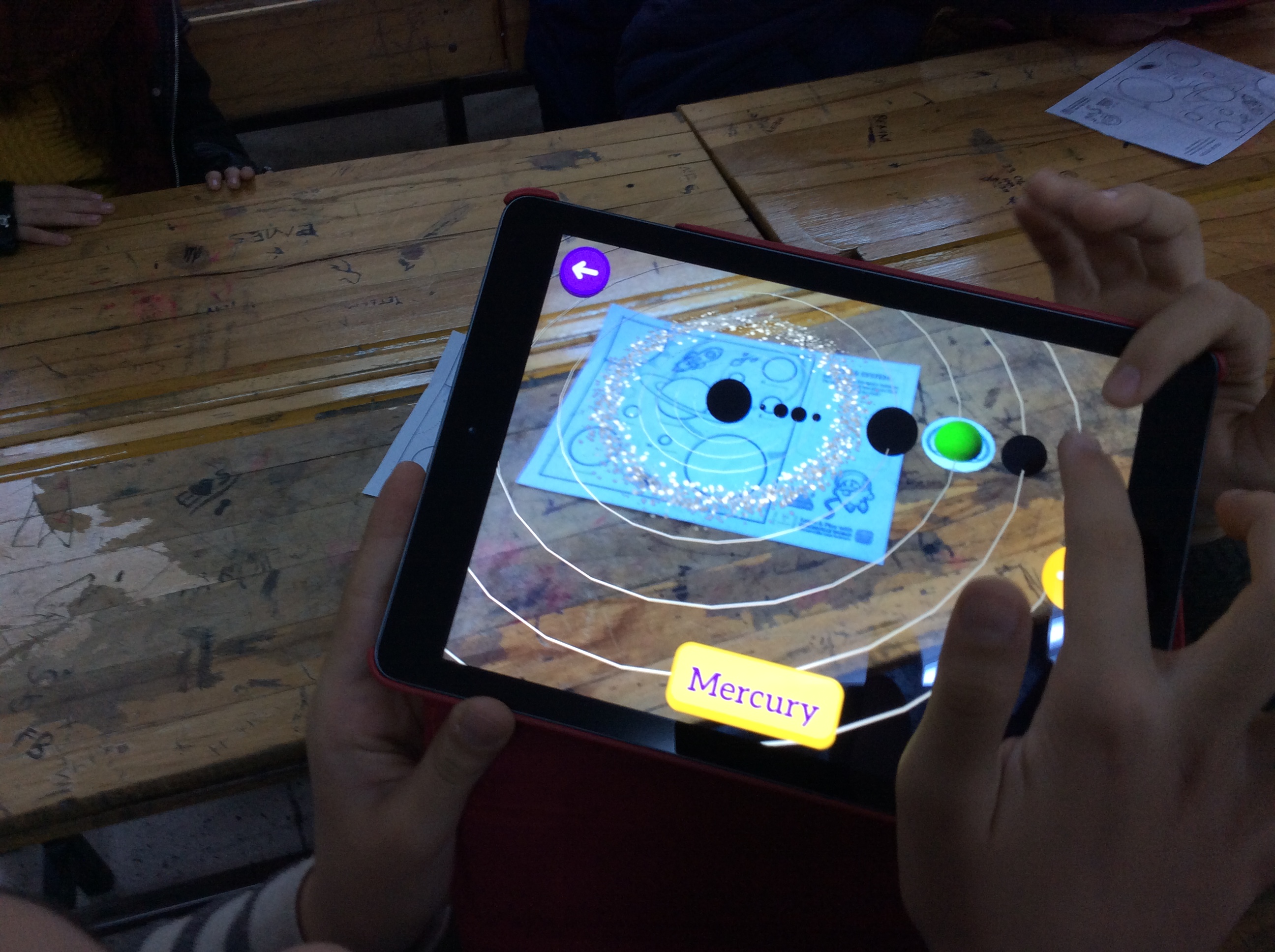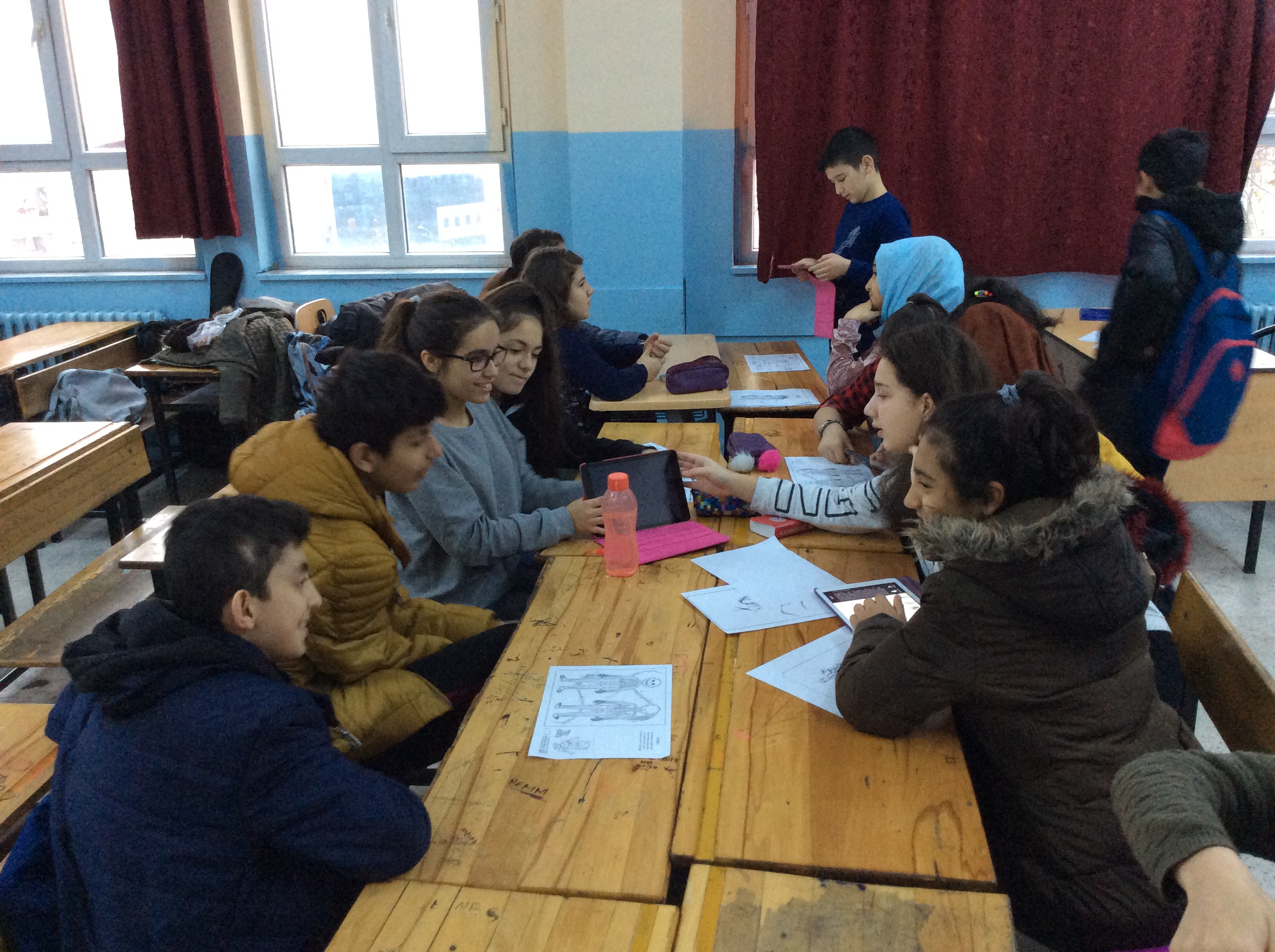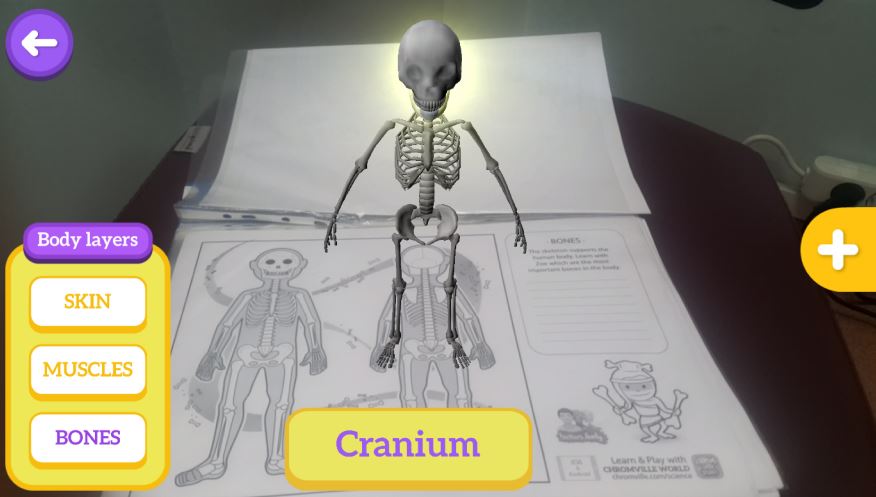Organising institution: Esenler District Education Authority
Country: Turkey
Age: 11-13 years old
Key question: How can we use WEB 2.0 tools in education?
Objectives:
- Using technology in education.
- Learning educational applications.
- Preparing lessons with ICT.
- Using social media in ethic rules.
Time: 6 hours
Software and apps to be used:
- Tablets,
- Chrome Ville,
- Animal 4D,
- Kahoot,
- Barcy.
Brief presentation: Before implementing each of application, there will be a preparing process. During the preparing process teacher will be responsible to prepare each application. And than students will use applications in digital atelier. During digital atelier students are going to learn how to register and how to prepare applications before use. And than they will use each application in their lessons.
Topics covered: Students are going to use educational applications in lessons with this way, they are going to enjoy and learn.
Civic engagement: Some of the applications are very useful which also they can use on their social life. For instance they can prepare Augmented Reality videos which are about themselves. With this way they will have a chance to find learning by doing.
Preparation of space for the Atelier: A classroom designed for group work. Each group will have their own tablets.
Materials needed:
- Tablets,
- printouts,
- application,
- internet connection.
Main inspirations taken from personal research:
- Information Technology,
- Science and History,
- Students will learn science and history via using tablets.
Mass media and social media connections: While they are experiencing the application, they will use the photos of famous people and some flash cards. They need to make a research on the internet for this.
How do you plan to give voice to students to present or show their personal skills and knowledge? Students will work in peer groups. Each group will answer the questions in applications and they will choose correct answer.
How do you collect information as the starting point of a Digital Atelier? Teacher will prepare a questionnaire to collect all information from students according to their answer teacher is going to make some changes on the general frame of the atelier.
Introducing students to the key question – the research begings: It depends on the application. For each of one, teacher will ask different questions.
Experimental phase
- Action that unfolds the practical activity to clarify the question (experimental phase): Via using application, students are going to learn history and science.
- Active work of the students: They will search the application on appstore. They will download the application. They will register themselves. They will prepare process of application They will implement the applcaiton.
- Presentation of findings and results (visualisation of information): Presentation of the results is going to be different for each of WEB 2.0 tools. For some of them they are going to take a print screen and teacher is going to collect them via email. For some of them students are going to present them to their friends.
- Analysis of results: The teacher observes the action and gives feedback to the student about their work.
Project/design phase – part 1
- Second action that unfolds the practical activity (project/design phase): For the starting of second action will be different for each of application, teacher is going to show some photos and videos to the students for make them curious.
- Active work of the students: After watching videos, students are going to work on the second stage, for this they will choose a group leader and group leader is going to present their work to the other students.
- Presentation of findings and results (visualisation of information): The group leader is going to present findings and results via a presentation.
- Analysis of results: The teacher observes the action and gives feedback to the student about their work.
Approach to a new software or a new app: They can try to find different applications which are using for same idea. And we will show in how many creativity ways new technologies can be used in different projects.
Links between the Digital Atelier and real life of the students: Students will find a chance to use some of applications on their real life. They can use Aurasma and VR applications with their friends or family. With this way they can learn group work.
How do you plan to evaluate knowledge and skills? They must complete the first part to reach second part. For completing first part they must make some research and they must find correct answers with this way they will improve their skills and knowledge.
Conclusion: This DA will be very attractive for students because they are going to use and learn different applications which are related with their lessons and also with their real life.



